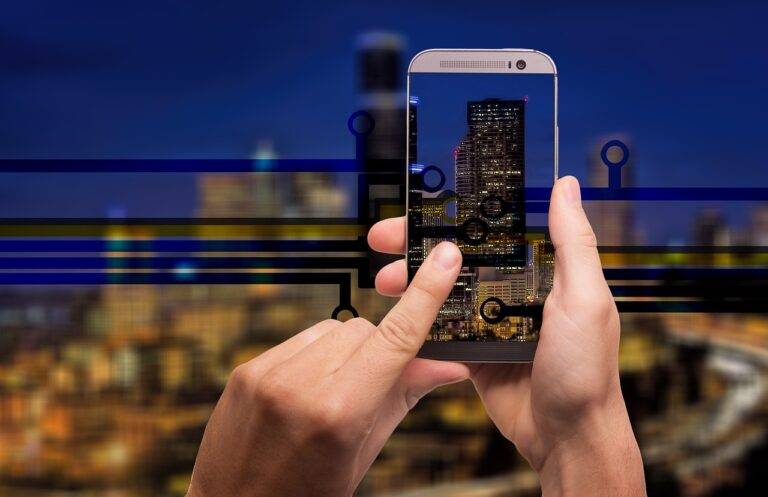Exploring Augmented Reality in Retail
Augmented reality in retail offers a unique and immersive shopping experience for consumers. By overlaying digital information onto the physical environment, customers can visualize products in a more interactive way, leading to increased engagement and decision-making confidence. This technology bridges the gap between online and in-store shopping, providing a seamless and personalized experience for shoppers.
Additionally, augmented reality can help retailers reduce return rates by enabling customers to preview products before making a purchase. This not only enhances customer satisfaction but also helps businesses save on costs associated with returns and restocking. By leveraging this innovative technology, retailers can differentiate themselves in a competitive market and drive sales through enhanced customer engagement and satisfaction.
How Augmented Reality is Changing the Shopping Experience
Augmented Reality is revolutionizing the way consumers engage with products in retail settings. By overlaying digital information onto the physical world, shoppers can now visualize how products will look in their own space before making a purchase. This immersive experience bridges the gap between online and in-store shopping, providing a more interactive and personalized way to shop.
The integration of Augmented Reality in retail not only enhances the shopping experience but also empowers consumers to make more informed purchasing decisions. From trying on virtual clothing to visualizing furniture in their homes, shoppers can explore products in a more dynamic and tailored manner. This technology has the potential to increase customer satisfaction and drive sales by creating a more engaging and interactive environment within retail stores.
Implementing Augmented Reality Technology in Retail Stores
Augmented Reality (AR) technology is revolutionizing the retail industry by bridging the gap between physical and digital shopping experiences. By implementing AR in retail stores, businesses can offer customers a more interactive and immersive way to engage with products. Through AR-powered smart mirrors, shoppers can virtually try on clothing and accessories without the need to physically change in and out of different items, saving time and creating a more personalized shopping experience.
In addition to enhancing the shopping experience, implementing AR technology in retail stores can also increase sales and customer satisfaction. By providing customers with the opportunity to visualize how products will look in their own space through AR-enabled visualization tools, such as furniture placement or virtual room decor applications, retailers can help alleviate uncertainties about a purchase and ultimately drive higher conversion rates. The ability to offer customers a more engaging and convenient shopping experience through AR technology is proving to be a valuable asset for retail businesses looking to stay competitive in today’s rapidly evolving market.
• AR technology bridges the gap between physical and digital shopping experiences
• AR-powered smart mirrors allow customers to virtually try on clothing and accessories
• Saves time and creates a more personalized shopping experience
• Increases sales and customer satisfaction
• Visualize how products will look in their own space through AR-enabled tools
• Alleviates uncertainties about a purchase and drives higher conversion rates
Implementing AR technology in retail stores is proving to be a valuable asset for businesses looking to stay competitive in today’s rapidly evolving market. By offering customers an interactive and immersive way to engage with products, retailers can enhance the shopping experience, increase sales, and drive customer satisfaction. As technology continues to advance, integrating AR into retail stores will become increasingly important for staying ahead of the competition.
What are some benefits of implementing augmented reality in retail stores?
Some benefits include enhancing the shopping experience for customers, increasing engagement and interaction with products, and providing a unique and innovative shopping experience.
How is augmented reality changing the shopping experience?
Augmented reality is changing the shopping experience by allowing customers to visualize products in a realistic way before making a purchase, offering interactive and personalized shopping experiences, and bridging the gap between online and offline shopping.
How can retail stores implement augmented reality technology?
Retail stores can implement augmented reality technology by incorporating AR apps or devices into their stores, creating AR experiences for customers to interact with products, and training staff to assist customers in using AR technology.
Are there any challenges associated with implementing augmented reality in retail stores?
Some challenges may include the cost of implementing AR technology, ensuring seamless integration of AR experiences into the shopping process, and training staff and customers to use AR technology effectively.





